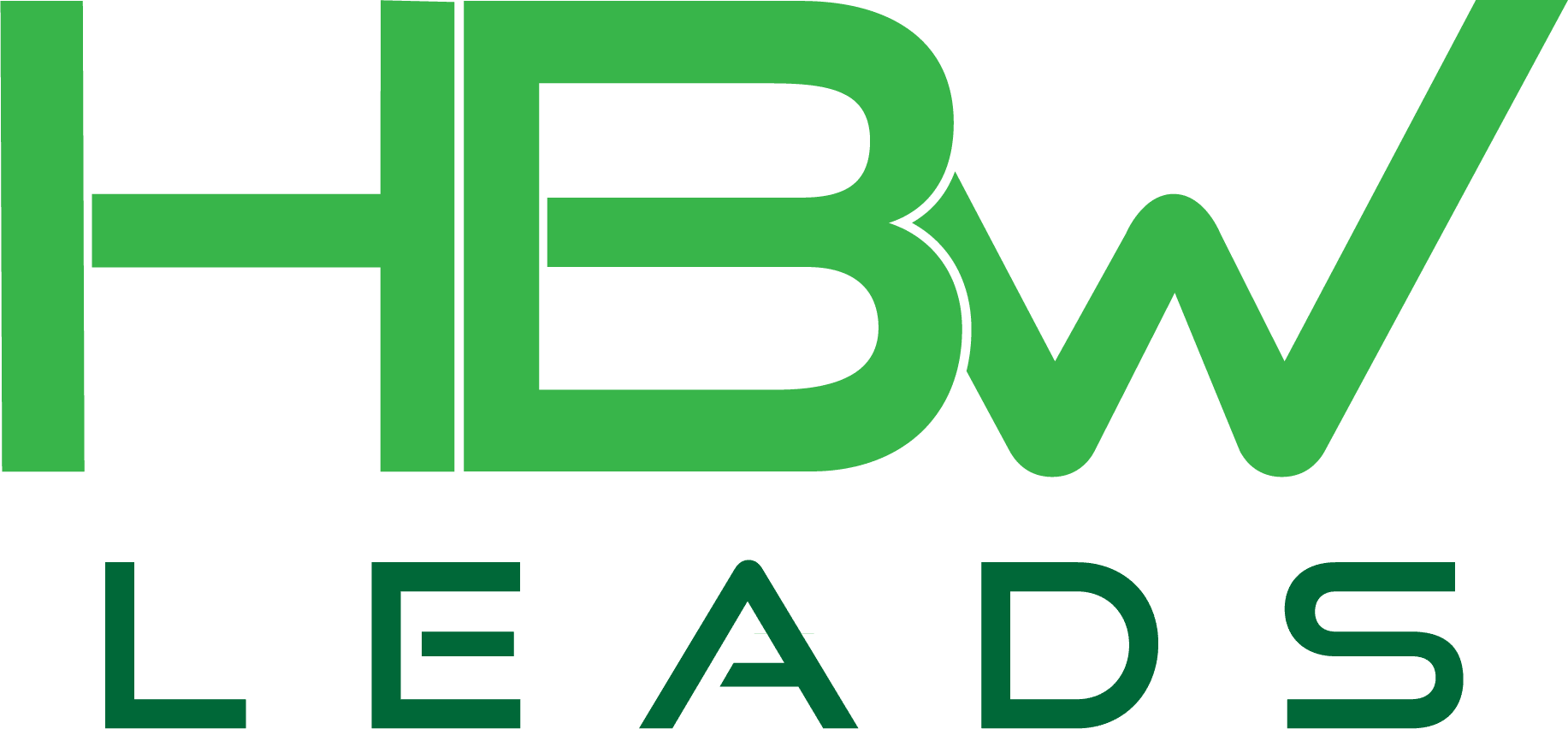Discover 13 impressive tactics for insurance lead generation, each crafted to attract, engage, and convert potential clients.
In the dynamic world of insurance, generating high-quality leads is the cornerstone of success. As such, insurance lead generation requires a dedicated and strategic approach. You can’t “wing it” and assume that leads will show up at your door or reach out to you. The most successful agencies know that without leads, business will falter.
These agencies also recognize that even though there are numerous insurance lead generation strategies, some tactics and strategies are nearly guaranteed to work. We’ve outlined 13 different types of lead generation tactics here that are proven to bring in clients.
13 Ways to Make Your Agency an Insurance Lead Generation Superstar
1. Understand Your Target Audience
Identifying Customer Demographics: Knowing your audience is critical. Analyze demographics to tailor your marketing strategies effectively. This involves understanding age, income levels, and other socioeconomic factors. Accurate demographic identification helps in crafting messages that resonate with the specific group.
Understanding Customer Needs: Listen to your clients. Understanding their needs helps in creating targeted offerings. This extends beyond just selling insurance products to providing solutions to their problems. Adequately addressing their concerns can establish long-term customer loyalty.
2. Optimize Your Website for Lead Generation
SEO Best Practices: Implementing SEO strategies ensures your website ranks higher on search engine results, drawing in more traffic. Use relevant keywords, optimize meta tags, and ensure optimal website speed. Regular updates with valuable content keep your site favorable in search engine algorithms.
User-friendly Design: A navigable, clean website design keeps potential leads engaged and reduces bounce rates. Ensure your website is accessible on various devices and loading times are minimal. Easy-to-find contact information and calls-to-action (CTAs) are crucial for converting visitors into leads.
3. Leverage Social Media Platforms
Choosing the Right Platforms: Identify where your target audience spends their time. Is it Facebook, LinkedIn, or Instagram? Different platforms cater to different demographics and require tailored approaches. LinkedIn, for instance, is more suitable for B2B interactions, while Instagram can be ideal for visually appealing campaigns.
Engaging Content Strategies: Regular, engaging posts keep your audience interested and help build a loyal community. This can include sharing industry insights, customer success stories, and interactive posts. Engagement can also be boosted through contests, live sessions, and Q&A segments.
4. Engage with Content Marketing
Blogging for Engagement: Regular blogs about insurance topics can establish you as a thought leader in the industry. Blogs provide a platform to address common questions, share updates, and delve into complex topics. They also contribute significantly to SEO and can drive organic traffic to your website.
E-books and Webinars: Offer in-depth information through e-books and webinars, capturing leads by offering valuable insights. These resources position your brand as knowledgeable and helpful. They also provide an opportunity for lead capture through sign-up forms.
5. Initiate Email Marketing Strategies
Personalized Email Campaigns: Tailor your emails to address the specific needs of your audience for a higher engagement rate. Segment your email list based on customer behavior and preferences. Personalization can include addressing recipients by name and suggesting products based on their history.
Regular Newsletters: Keep your audience updated with industry news, tips, and services through newsletters. Newsletters are a great way to stay top of mind with your audience and provide consistent value. Make sure they are mobile-friendly and contain clear CTAs.
6. Utilize Paid Advertising
Google Ads: A well-executed Google Ads campaign can drive targeted traffic to your website. Utilize various ad formats and targeting options to reach potential customers at different stages of their buying journey. Regularly reviewing and adjusting your campaigns is critical for optimal performance.
Social Media Ads: Targeted ads on social media platforms can effectively reach potential clients. They allow for detailed demographic and interest-based targeting. Creative visuals and compelling copy are crucial for these ads to stand out in a crowded social media landscape.
7. Adopt Referral Programs
Incentives for Referrals: Offer incentives for current clients to refer others, leveraging word-of-mouth marketing. This could include discounts, free services, or gift cards. Referral programs can significantly lower customer acquisition costs and build a community of brand advocates.
Building a Referral Network: Establish a robust referral network with other businesses to benefit from shared leads mutually. This network can include non-competing service providers or local businesses. Regular communication and mutual benefits are vital to maintaining a successful referral network.
8. Engage Your Community
Local Events: Participate in or sponsor local events to increase brand visibility. This demonstrates your commitment to the community and can create positive associations with your brand. Community events are also great opportunities for face-to-face interactions with potential clients.
Sponsorships: Sponsor local teams or events to show your community involvement and gain exposure. Sponsorships can range from youth sports teams to charity events, offering widespread brand exposure. It’s a way to show your company’s values and support for local initiatives.
9. Take Advantage of Networking and Partnerships
Collaborations with Businesses: Partner with local businesses for cross-promotion, expanding your reach. These partnerships can be with complementary businesses, like real estate agencies or car dealerships. Joint events or promotions can be effective in reaching new audiences.
Industry Events: Attend industry events to network with peers and potential clients. These events are ideal for learning about the latest trends and technologies in insurance. They also provide a platform to showcase your services and build professional relationships.
10. Ask for Customer Reviews and Testimonials
Leveraging Positive Feedback: Showcase positive reviews to build trust with potential clients. Encourage satisfied customers to leave reviews on platforms like Google and Yelp. Highlighting these testimonials on your website and social media can significantly influence prospects.
Online Reputation Management: Manage your online reputation to maintain a positive brand image. This involves monitoring what’s being said about your brand online and responding to positive and negative feedback. Effective reputation management can turn customers into brand ambassadors.
11. Use Data Analysis and CRM Tools
Tracking and Analyzing Leads: Use data analytics to understand the effectiveness of your lead generation strategies. You can refine your approach for better results by analyzing patterns and trends. This data can inform decisions on where to allocate resources for maximum impact.
CRM for Lead Nurturing: Implement a CRM system to nurture leads through the sales funnel. CRM tools help organize lead information, track interactions, and schedule follow-ups. Personalized communication based on the lead’s stage in the buying process increases the chances of conversion.
12. Engage with Mobile Marketing
SMS Marketing: Reach your clients directly through SMS marketing campaigns. This channel allows for immediate and personal communication. SMS can be used for appointment reminders, policy updates, and promotional offers.
Mobile-friendly Content: Ensure your website and content are optimized for mobile users. With increasing mobile internet usage, a mobile-friendly website is essential for a positive user experience. This includes responsive design, fast loading times, and easy navigation.
13. Keep Up with Industry Trends
Adapting to Market Changes: Stay ahead by keeping up with the latest trends and changes in the insurance industry. This could involve adopting new technologies or adjusting to regulatory changes. Staying informed helps in maintaining a competitive edge.
Continuous Learning: Continuously learn and adapt your strategies for sustained growth. This can be achieved through professional development courses, attending webinars, and reading industry publications. A culture of continuous learning fosters innovation and adaptability.
FAQs
What is the most effective lead generation strategy for insurance companies?
The effectiveness varies based on the target audience, but combining digital marketing, content creation, and community engagement often yields the best results.
How important is SEO in insurance lead generation?
SEO is crucial as it increases your visibility online, making it easier for potential clients to find you.
Can social media be used effectively for insurance lead generation?
Absolutely. Social media platforms offer a direct way to engage with potential clients and build relationships.
How does content marketing help in generating leads?
Content marketing establishes your authority in the industry and provides value to your audience, attracting potential leads.
What role do customer reviews play in lead generation?
Positive customer reviews build trust and credibility, significantly impacting the decision-making process of potential clients.
Marketing isn’t the only way to get new leads. In fact, there’s an easy way to get a stream of pre-qualified, exclusive leads. Contact HBW Leads today and learn more!


